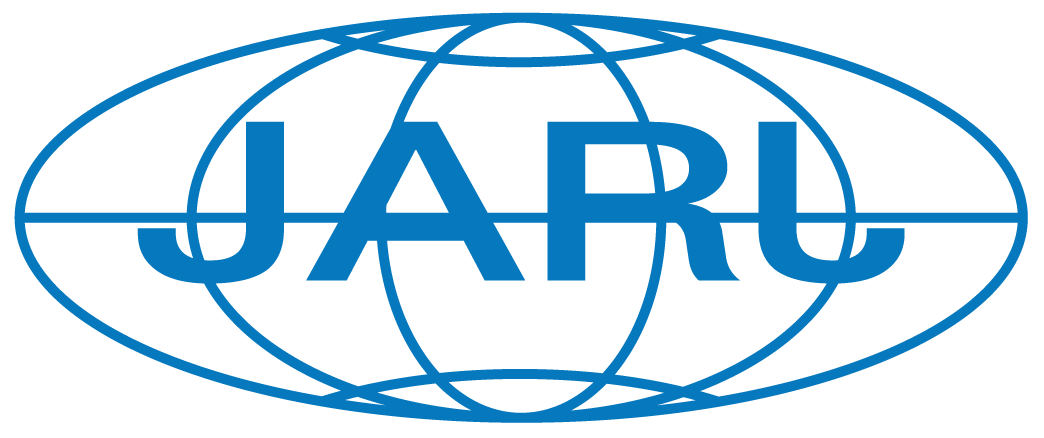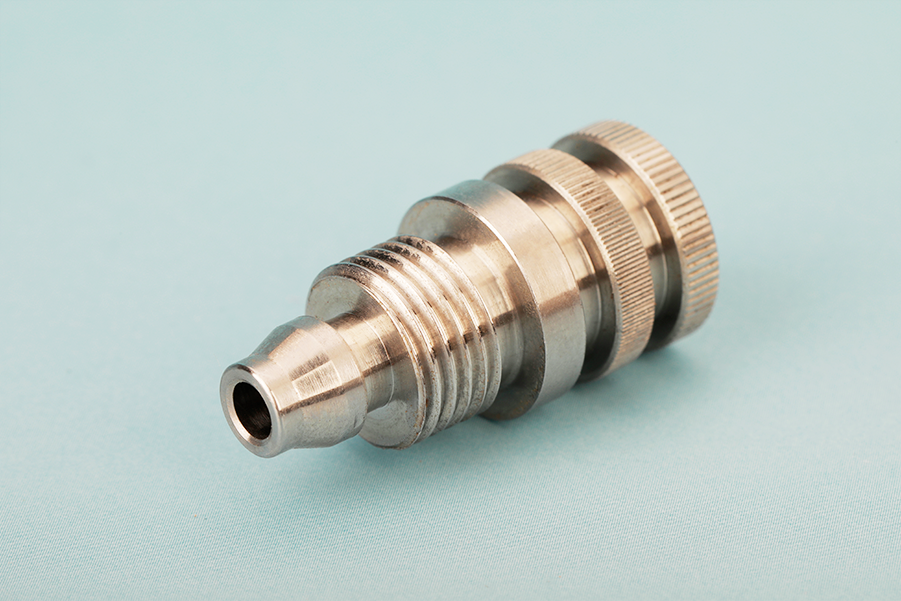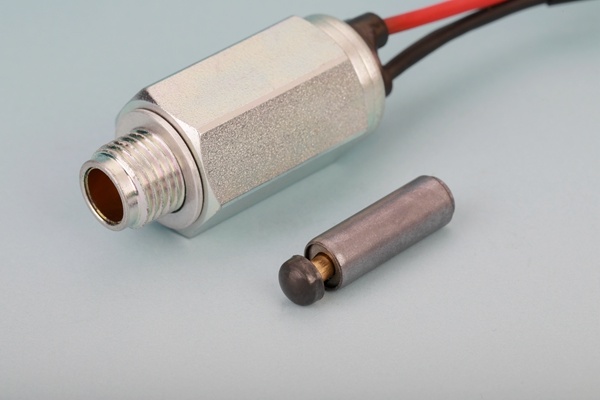The Essential Guide to Turned Parts Steel for Mechanical Fabrication
Release Time:
Jul 20,2025
The Essential Guide to Turned Parts Steel for Mechanical Fabrication Table of Contents 1. Introduction to Turned Parts Steel 2. What Are Turned Parts? 3. Key Properties of Turned Parts Steel 4. The Machining Process for Turned Parts 5. Advantages of Using Turned Parts Steel 6. Applications of Turned Parts in Mechanical Fabrication 7. Choosing the Right Material for Tur
The Essential Guide to Turned Parts Steel for Mechanical Fabrication
Table of Contents
- 1. Introduction to Turned Parts Steel
- 2. What Are Turned Parts?
- 3. Key Properties of Turned Parts Steel
- 4. The Machining Process for Turned Parts
- 5. Advantages of Using Turned Parts Steel
- 6. Applications of Turned Parts in Mechanical Fabrication
- 7. Choosing the Right Material for Turned Parts
- 8. The Future of Turned Parts Steel in Manufacturing
- 9. Frequently Asked Questions
- 10. Conclusion
1. Introduction to Turned Parts Steel
In the realm of **mechanical fabrication**, turned parts steel stands out as a crucial element. Utilizing advanced machining techniques, manufacturers produce a wide range of precision components essential for various industries. This guide aims to provide in-depth insights into turned parts steel, covering everything from its properties to its applications, ensuring that you have a thorough understanding of this vital material.
2. What Are Turned Parts?
Turned parts are components produced through a process called **turning**, where material is removed from a rotating workpiece to create the desired shape. This technique is typically executed on a **lathe machine**, allowing for precision and accuracy in the final product. Turned parts can vary in complexity, from simple round shapes to intricate designs featuring various contours and dimensions.
The Turning Process Explained
The turning process involves several steps:
1. **Material Selection**: Choosing the appropriate steel type based on the application requirements.
2. **Setup**: Mounting the workpiece securely on the lathe.
3. **Cutting**: Using cutting tools to remove material and achieve the desired geometry.
4. **Finishing**: Applying additional processes, such as polishing or coating, to enhance surface quality.
3. Key Properties of Turned Parts Steel
Turned parts steel possesses distinct properties that make it suitable for mechanical applications. Understanding these properties can help in selecting the right material for your specific needs.
Strength and Durability
Steel is known for its **high tensile strength** and durability, making it an ideal choice for components subjected to stress and wear. This is particularly important in applications where reliability is paramount.
Machinability
The machinability of turned parts steel is a significant factor in manufacturing efficiency. Certain grades of steel are designed to be easy to machine, allowing for faster production times and reduced tool wear.
Corrosion Resistance
In environments where exposure to moisture and chemicals is a concern, selecting a corrosion-resistant steel grade is essential. This property helps prolong the lifespan of turned parts in various applications.
4. The Machining Process for Turned Parts
The machining process for producing turned parts involves various techniques designed to ensure precision and efficiency.
CNC Turning
**Computer Numerical Control (CNC)** turning is a modern approach that enhances the precision of the turning process. By utilizing computer programming, manufacturers can achieve complex geometries with consistent results.
Tool Selection
Choosing the right cutting tool is crucial for maximizing efficiency and achieving the desired surface finish. Different tool materials, such as carbide or high-speed steel, come with their own advantages and disadvantages.
Quality Control
Implementing rigorous quality control measures throughout the machining process helps ensure that the final products meet industry standards and customer specifications. Techniques such as dimensional inspection and surface quality assessment are integral to this process.
5. Advantages of Using Turned Parts Steel
The use of turned parts steel comes with numerous advantages that make it a favored choice in mechanical fabrication.
Precision Manufacturing
Turned parts offer unparalleled precision compared to other manufacturing processes. The ability to create components with tight tolerances is invaluable in industries such as aerospace and automotive.
Cost-Effectiveness
While the initial investment in machinery and tooling may be high, the efficiency of the turning process often results in lower production costs in the long run. Reduced material waste and faster cycle times contribute to overall savings.
Versatility
Turned parts steel can be utilized in a variety of applications across multiple industries. From automotive components to medical devices, the versatility of turned parts makes them indispensable in today’s manufacturing landscape.
6. Applications of Turned Parts in Mechanical Fabrication
Turned parts are utilized in a wide array of applications, demonstrating their importance in mechanical fabrication.
Aerospace Components
In the aerospace industry, precision is crucial. Turned parts such as landing gear components and engine mounts must meet stringent safety and performance standards.
Automotive Industry
The automotive sector relies heavily on turned parts for various systems, including brakes, transmissions, and engine components. The reliability and durability of these parts are essential for vehicle performance.
Medical Devices
Turned parts are also prevalent in the medical field, where precision and hygiene are critical. Components for surgical instruments and diagnostic equipment often feature turned parts made from biocompatible materials.
7. Choosing the Right Material for Turned Parts
Selecting the appropriate material for turned parts is crucial to ensure they meet performance requirements.
Material Grades
Understanding the different grades of steel available, such as stainless steel, carbon steel, and alloy steel, is essential. Each grade comes with its own set of properties, making it suitable for specific applications.
Consultation and Testing
Engaging with material suppliers and conducting testing can help in selecting the right grade. Factors such as machining capabilities, stress factors, and environmental conditions should be considered.
8. The Future of Turned Parts Steel in Manufacturing
As technology continues to evolve, so too does the landscape of mechanical fabrication. The future of turned parts steel looks promising, with advancements in materials science and machining technologies paving the way for enhanced performance and new applications.
Innovations in Materials
Research into new materials, such as composites and advanced alloys, is likely to influence the types of turned parts produced in the future. These innovations may offer improved properties and performance benefits.
Automation and Industry 4.0
The rise of automation and Industry 4.0 will continue to shape the manufacturing landscape. The integration of smart technologies will enhance efficiency and precision in the production of turned parts.
9. Frequently Asked Questions
What are the common materials used for turned parts?
Common materials include carbon steel, stainless steel, aluminum, and various alloys. The choice depends on the specific application requirements.
How does CNC turning differ from traditional turning?
CNC turning utilizes computer programming for enhanced precision and consistency, while traditional turning relies on manual operation.
What industries benefit from turned parts steel?
Industries such as aerospace, automotive, medical, and machinery manufacturing benefit significantly from turned parts steel.
Are turned parts environmentally friendly?
Many manufacturers are adopting sustainable practices, including recycling and reducing waste, making turned parts production increasingly environmentally friendly.
How do I ensure quality in turned parts production?
Implementing quality control measures, such as regular inspections and testing, can help maintain high standards in turned parts production.
10. Conclusion
Turned parts steel plays a pivotal role in mechanical fabrication, offering a combination of precision, durability, and versatility. By understanding the properties, machining processes, and applications of turned parts, manufacturers can make informed decisions that enhance product quality. As the industry evolves, keeping abreast of technological advancements and material innovations will be key to leveraging the full potential of turned parts steel in future applications.




